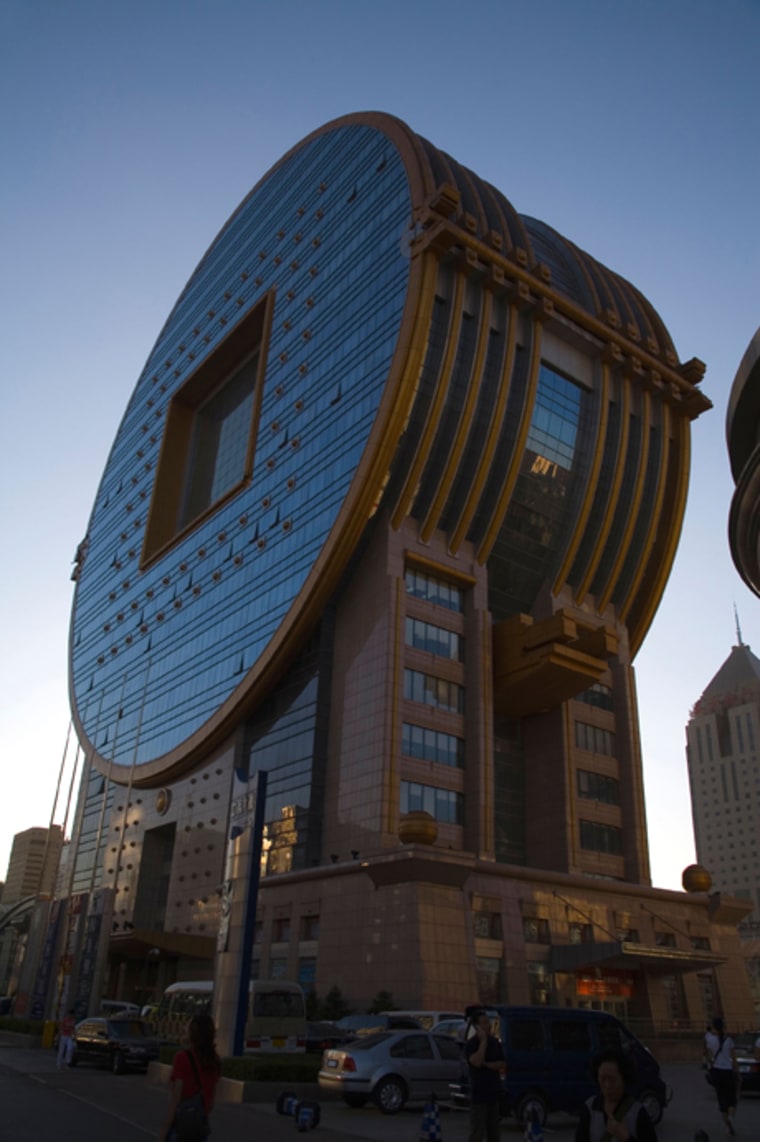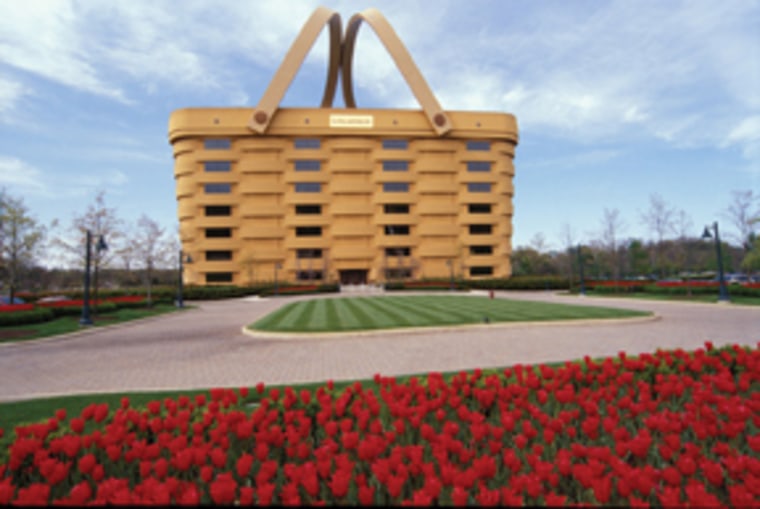In downtown Portland, Ore., stands an imposing 15-story edifice that’s one of the most hated buildings in America. The façade is an off-putting hodgepodge of faux classical columns, strange and useless decorative elements, and penitentiary-like small windows, with a depressing color scheme of brown, pink, and white (throwing in some tacky blue glass for good measure).
“It’s all gaudy imagery with no tie to the location,” says Jason Fifield, an associate at Ankrom Moisan Architects in Portland. The interior isn’t much better — it’s been described as dark and claustrophobic.
Designed by famed architect Michael Graves, the Portland Building is an icon (for better or worse — mainly worse) of postmodernism, which was a major design trend in the 1980s, when the structure went up, but has since fallen from favor. And that’s a primary reason there’s not much enthusiasm for anything erected in that decade.
But these aren’t the only buildings that spur resentment, and even rage, in those who set eyes on them. Professional and amateur critics alike disparage structures from many eras and in many countries. Of course, different people have different criteria for what makes a structure unappealing.
“The ugliest buildings are the anonymous ones,” says Christopher Bonanos, who edits architecture criticism at New York magazine. “Even if an experimental, high-profile building doesn’t quite deliver, at least the architect is trying something. A boring building is a warehouse in the middle of New Jersey.”
For Jason Fifield, what makes a building ugly “is when the design isn’t generated by real reasons but rather by arbitrariness, just for the sake of creating an image.”

To compile our list of the world’s ugliest structures, we consulted with architects and design experts as well as the general public. Pretty much everybody had something to say. For instance, there aren’t many admirers of the spherical houses on long pole “stems” planted, like so many mushrooms, in the Netherlands. (The architect was given free rein courtesy of a Dutch subsidy for experimental housing.)
Then there’s the midwestern corporate headquarters that takes the form of a huge picnic basket. Sure, it’s funny from the outside, but probably not for the employees of Longaberger, in Newark, Ohio, who have to go work in a hamper every day.
Many designs around the world inspire love and hate in equal measure. A prime example would be the glass-and-metal pyramid I. M. Pei designed as a new entrance for the Louvre Museum in the 1990s. “Your pyramid is magnificent,” protagonist Robert Langdon tells a Parisian official in The Da Vinci Code. “A scar on the face of Paris,” the man retorts.
The jury is still out on this kind of building. And to be sure, sometimes a design that’s disdained and misunderstood in its infancy eventually becomes a loved and admired attraction. “In 1959, the Guggenheim honestly looked like it had fallen in from Mars,” points out Bonanos. “Of course, now New Yorkers love it.”
Still, we doubt that any of the buildings on our list will find favor anytime soon.
